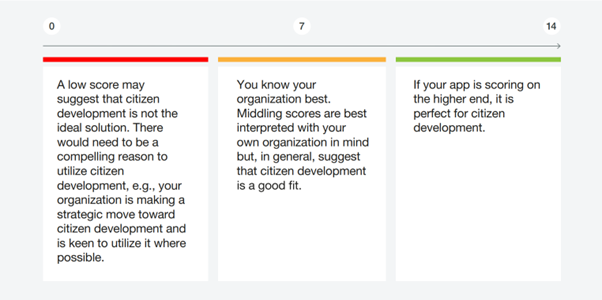This blog is the second part of a series by Dermot Hore, Auxilion's Senior Programme Management Consultant, on the Project Management Institute's Citizen Developer Handbook. You can find Part I and Part II by following these links.
When Hyper-Agile is not enough to deliver
So, the original plan was to do a blog for every chapter in the Project Management Institute’s Citizen Development Handbook, but even the best plans can change! This blog was supposed to be on ‘Ideation 2.0,’ followed by another blog on ‘Sustainability Assessment.’ The titles don’t give a lot away- ideation is in essence related to Business Analysis/Requirements gathering and Sustainability Assessment is about whether citizen development should be used at all for an individual project. And to be honest, there is not a lot in these chapters.
Ideation 2.0
Asking IT to gather requirements or design a business process is never a good idea. In a waterfall scenario I can understand why, but the idea of defining everything in detail and then locking down the scope and resisting change is not good in most projects and a disaster in some… but not all. As PMs, we know that you select the delivery model- traditional, agile or disciplined agile- depending on the project. It’s common sense, but this is often in short supply. Ideation 2.0 advocates the business defining the business needs. OK, modern development tools are ideally suited to do this. And the combination of brainstorming and real-time development will drive significant value in condensed timeframes. All very fine, but Agile also claims to address these issues, so nothing new here, really.
What the handbook does outline well on this topic are methods such as Product Vision Boards, User Stories, Backlogs, and Application mock-ups. All very familiar to anyone with even a notional experience in software development projects. The handbook also explains a process called Really Round Robin as a brainstorming technique. There are some good pointers here but there are many effective brainstorming approaches.
So, nothing new here but never any harm to be dragged back to basic common sense and good practice every now and again.
Sustainability Assessment
What this section is about is making sure that you do not embark on a citizen development project when it is not appropriate. Sometimes, a shiny new toy is a very bad thing. The approach suggested by the PMI has two steps: using a scorecard focused on the technical aspects of citizen development, and taking a view on all the non-technical issues. Software developer is more than experienced in addressing functional and non-functional requirement so this is fairly familiar territory.
The approach is very programmatic and process-driven and uses a numbers-based output. This is a good thing as it takes much of the subjectivity out of making the decision to use citizen development or not. Of course, it is still not completely objective- nothing is!
It’s a balance. The handbook suggests a series of questions to consider in both the Scorecard and Environmental Check, but of course these questions should be tailored for your organisation.
Scorecard
There is a questionnaire with scoring based on responses to a series of statements: ‘Not at all,’ ‘Somewhat’ or ‘Very much so’ (a Likert scale for the academics out there) and output can be presented as a heatmap.

Source: Project Management Institute Citizen Developer Handbook
Clear, simple, and easy to implement- it’s got my vote.
Environmental Check
The environmental check is also based on a series of questions and statements. If the answer is yes it focuses on questioning whether you have the skills, tools, capacity and buy-in required from the rest of the organisation. Again, not rocket science and the questions might need to be adjusted for your situation.
This section of the handbook is very clear that Citizen Development, if governed properly, is not shadow IT and in fact is a potential solution to shadow IT, replacing it with a more robust solution.
Where to from here?
Glancing through the remaining part of the Citizen Development Handbook from the PMI, I have probably covered the basics needed by Project Managers to control software development projects if a citizen developer approach is taken but… I am on page 57 of a 254-page book, so what is going on here?
I counted the pages per section (I know, a bit nerdy) and 21% of the handbook explains the delivery model, i.e., what traditional PMs need to understand in order to manage a citizen developer project. I assume the mindset is akin to Agile, with no Project Managers, but let’s not go there. The remaining ~80% of the handbook addresses bigger questions related to building the skills needed for citizen developers, a suggested operating model, plus a guide for embedding and maturing citizen development within an organisation. That is the vast majority of the handbook and speaks to the sea change that project management is undergoing, with PMs evolving into broad change makers, not just managing projects in isolation.
But before I move on to review the organisational changes needed to take advantage of citizen development, I need to have a look at a new citizen development credential just announced by the PMI – Citizen Developer Business Architect micro-credential. I might need to reconsider Ideation 2.0 and Sustainability Assessment and maybe even eat my words!







